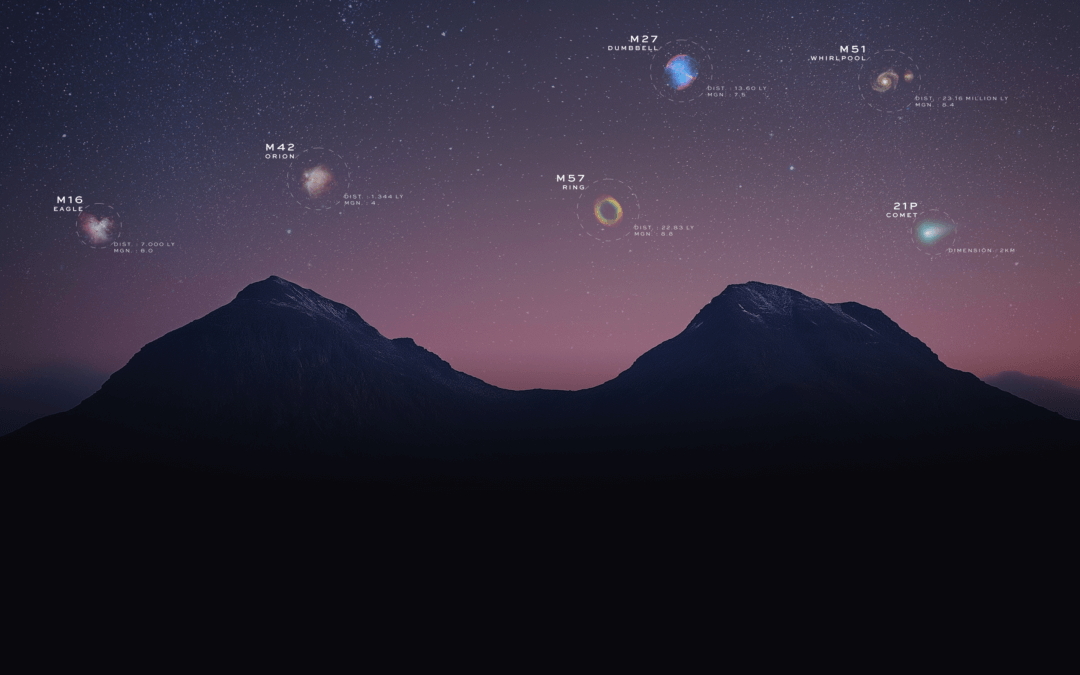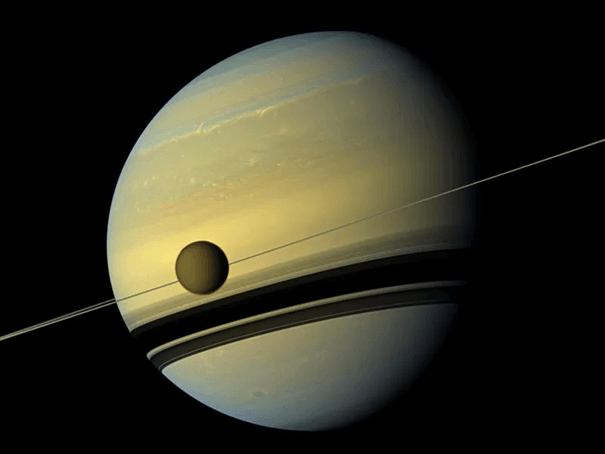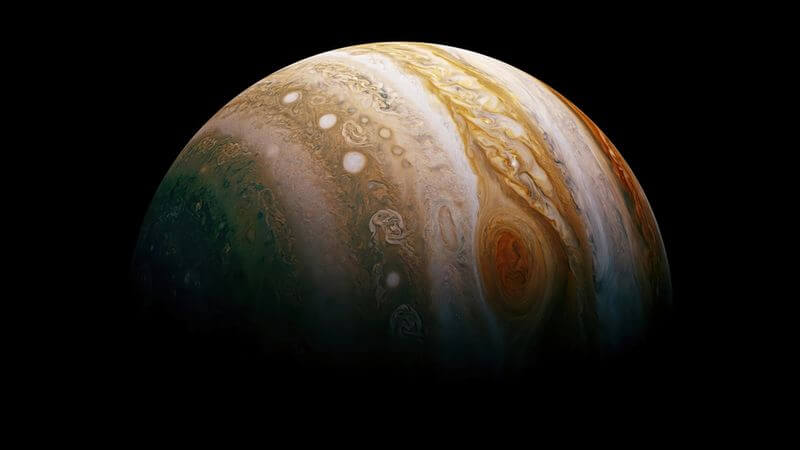TOI 2010.01 was discovered by NASA’s Transiting Exoplanet Survey Satellite (TESS) in August of 2019. Unistellar astronomers then gathered data on this exoplanet for several years to confirm its existence. They were even able to narrow down the period, or how long it takes the planet to orbit its star, to around 141 days.
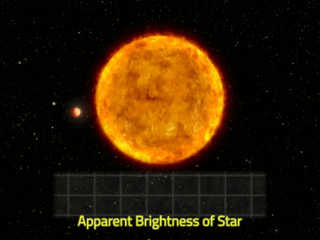
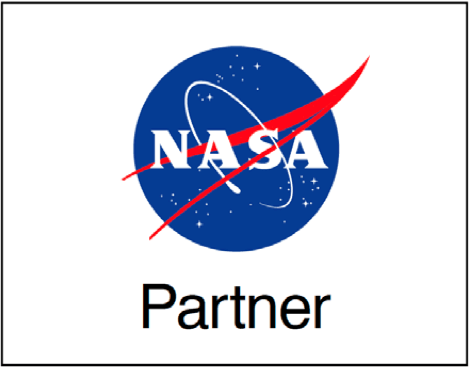
Disclaimer: The material contained in this document is based upon work supported by a National Aeronautics and Space Administration (NASA) grant or cooperative agreement. Any opinions, findings, conclusions or recommendations expressed in this material are those of the author and do not necessarily reflect the views of NASA.
How to participate with your eVscope
If this is your first time observing an exoplanet transit, first check out our Exoplanet Tutorial page for an overview of the techniques involved. Then, head to Unistellar’s Exoplanet Predictions page, select your location and click on the row for TOI 2010.01 – 24 September to find the observation settings and visibility map.
If you have any questions, please reach out to us at [email protected].
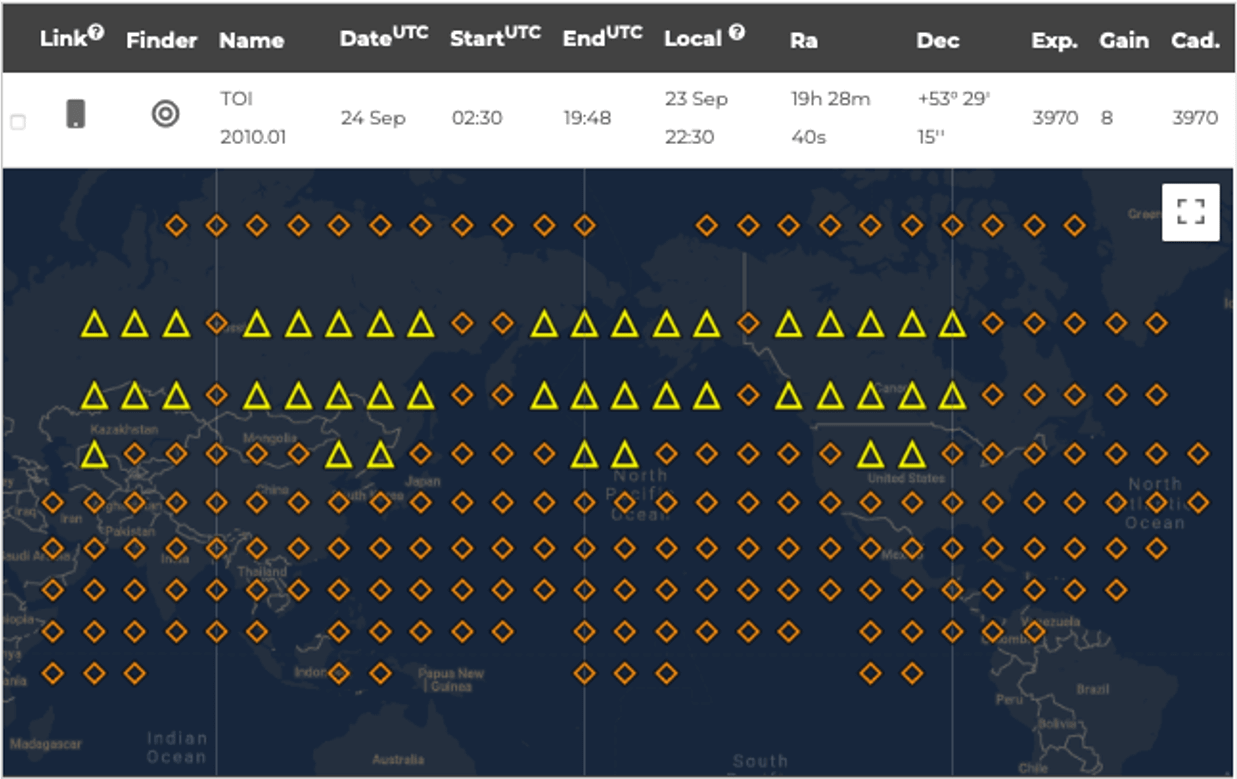
The visibility map of TOI 2010.01’s transit. The orange diamonds denote partial visibility of the event, where an observer at that location will see a portion of the transit. Yellow diamonds denote full visibility, although tracking issues may occur due to the target’s high altitude. Your local time may vary from what is shown.
Further readings
3 Reasons to observe this month
Every month, discover three unmissable celestial events to observe with your Unistellar telescope.
Two spooky appearances in the sky for Halloween
Every month, discover three unmissable celestial events to observe with your Unistellar telescope.
3 Reasons to observe this month Halloween Edition
Every month, discover three unmissable celestial events to observe with your Unistellar telescope.
Titan’s shadows
This summer, the ringed planet Saturn takes centre stage in our night sky, offering amateur astronomers a rare opportunity to observe fascinating transient events.
Observing Eclipses on Jupiter: Cosmic Spectacles Through a Telescope
The latest Unistellar App Update, version V3.0, is now live. Explore a smooth stargazing experience !
Unistellar Community Included In Multiple Scientific Papers
Did you know Unistellar Citizen Astronomers are often cited in published scientific papers? Find out how you can contribute too!

